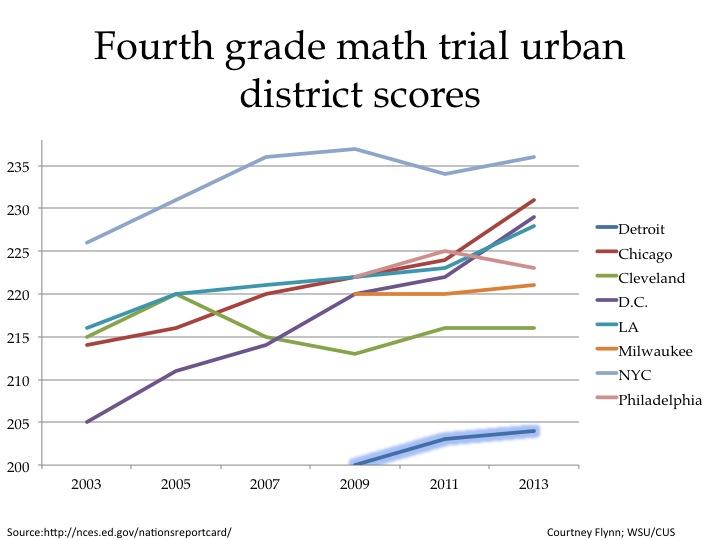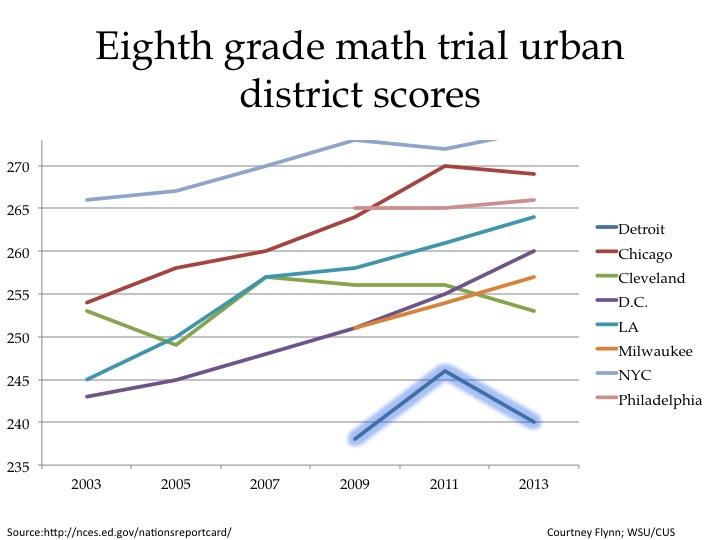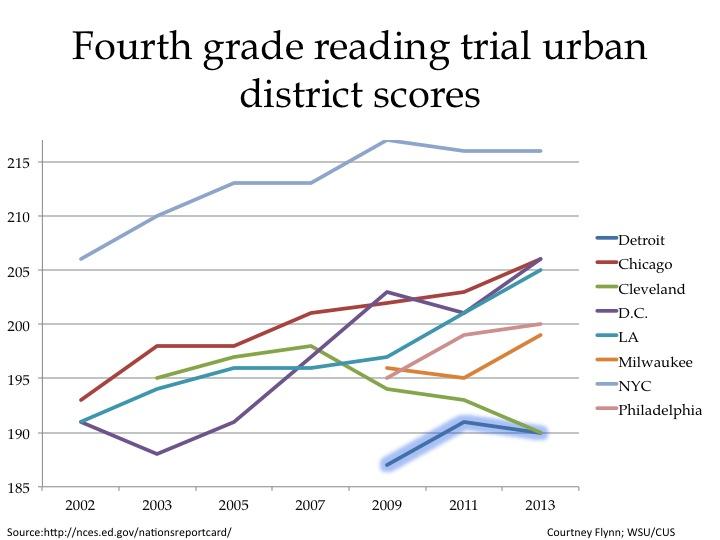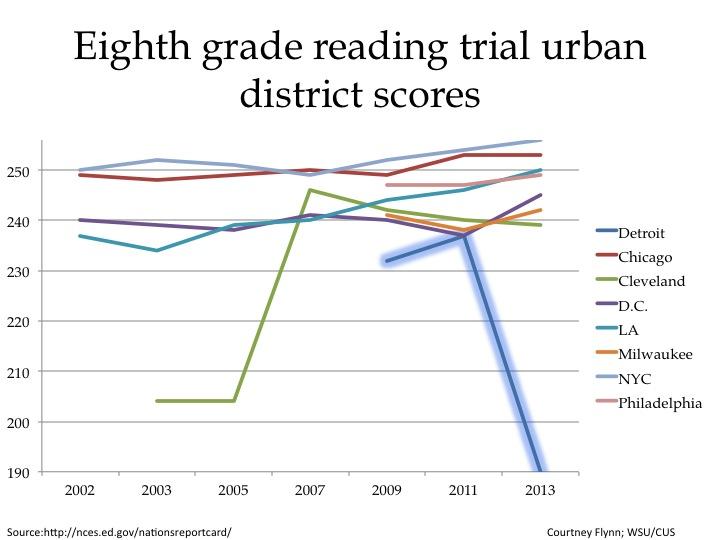The National Assessment of Education Progress (NAEP) is a test fourth and eighth grade students take on a frequent basis to represent the knowledge of this nation’s students. Assessments are conducted in various subjects, including math and reading. Students have consistently tested in these two subjects since 1990. The results from these assessments are to serve as a common metric for all states and urban trial districts. There are few changes in the assessments on a year-to-year basis, and if there are changes they are documented.
The Commissioner of Education Statistics, who heads the National Center for Education Statistics in the U.S. Department of Education, is responsible by law for carrying out the NAEP project.
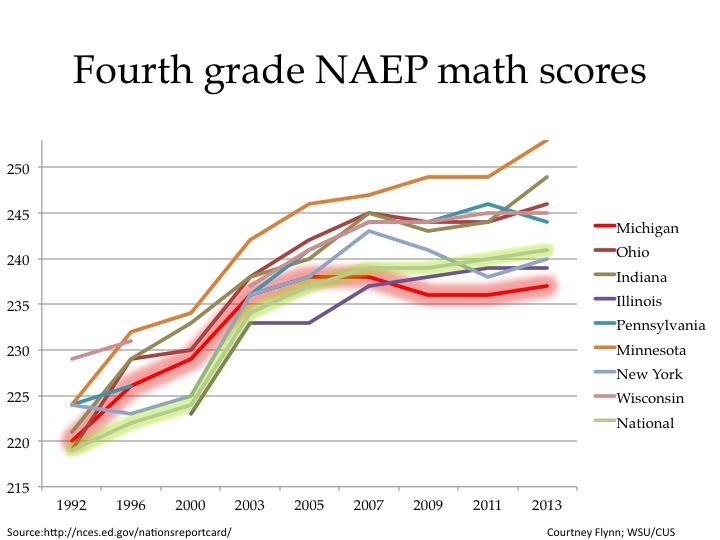
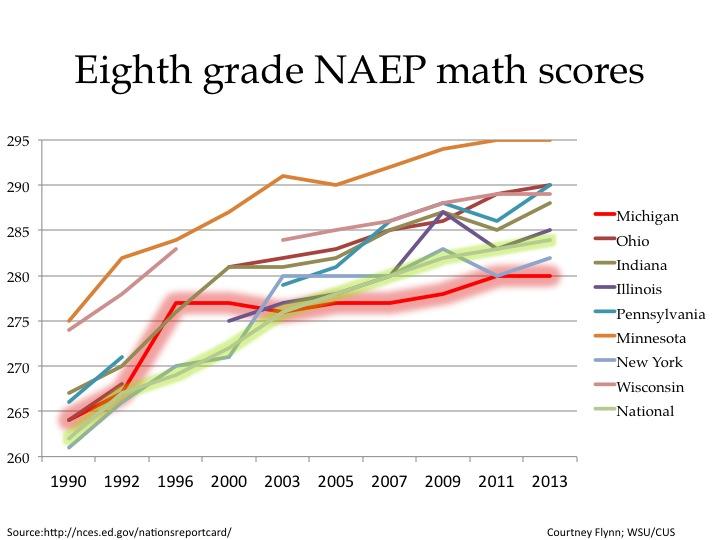
According to the NAEP, the State of Minnesota has remained above the national average and the scores of the Great Lakes states since the math portion of this benchmark test was introduced in 1992. From 1992 to 2013 Minnesota students in fourth and eighth grade have shown improvements in their NAEP math scores. For the State of Michigan though, there has not been such vast improvements. Yes, from 1992 to 2013 there has been an overall increase in fourth and eighth grade math test scores. However, since 2007 fourth-graders have performed below the national level on the NAEP math test; eighth-graders have performed below that level since 2005. From 2011 to 2013 there was a slight upswing in the fourth-graders’ test scores (236 to 237) but Michigan had the lowest score in the Great Lakes region. This was true for the eighth grade NAEP math test scores as well in 2013. However, from 2011 to 2013 there was not an increase; both years the scores remained at 280.
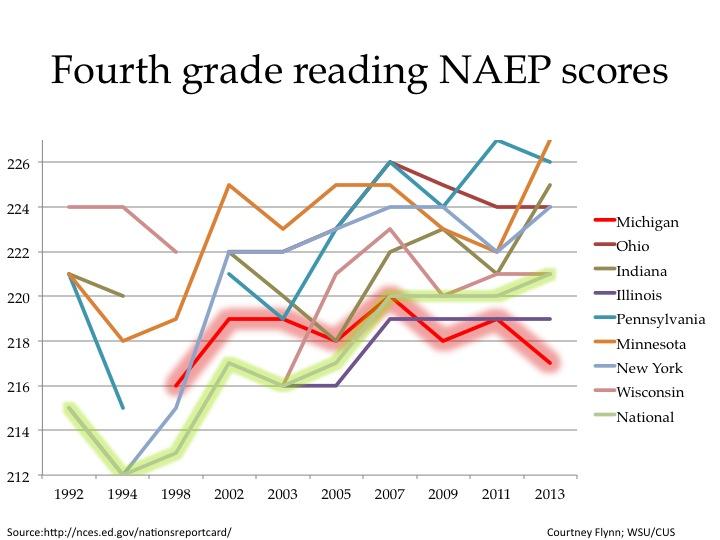
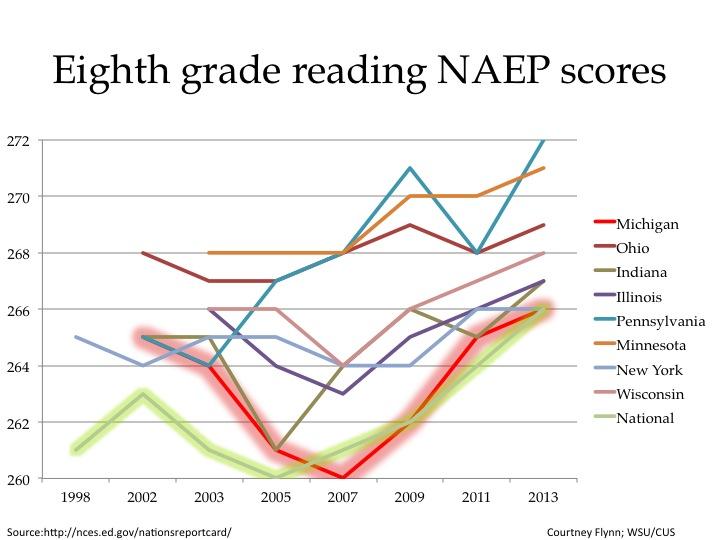
For the NAEP reading scores, Michigan has performed below the national level since 2007 at the fourth grade level. At the eighth grade level though the state has only performed at or below the national level in 2007 and 2013. In 2013, the eighth grade reading scores increased from 265 in 2011 to 266; the national score was 266.
In addition to the NAEP test that is conducted across the country, the trial urban district scores are also produced by the NAEP. These scores are representative of all students in participating urban districts supported by federal appropriations authorized under the No Child Left Behind Act. However, the scores are based off a random sample of students in the districts; these results are also included in the overall NAEP scores for their specific state.
The Detroit Public School (DPS) system became a trial urban district in 2009. According to the data presented below, DPS has performed below all the other urban trial districts in the Great Lakes State region, along with the Los Angeles and Washington, D.C. public school districts. The fourth grade math trial scores is the only area where Detroit students showed an increase from 2011 to 2013. Even that score though (204) was 12 points below the next lowest score; this was Cleveland Public Schools (216).
